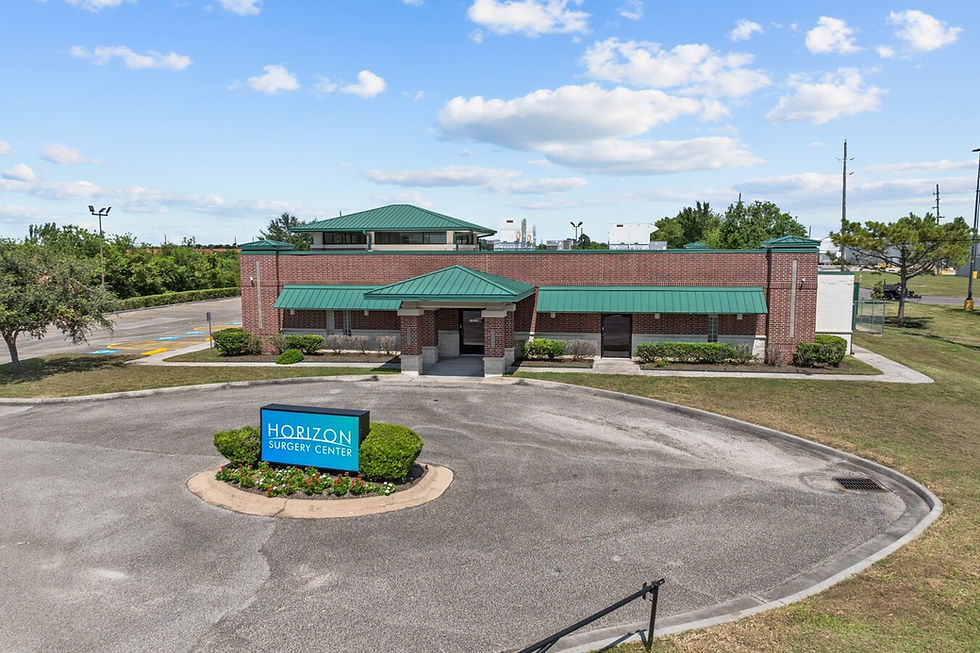July 2025 Medical Office Update
- Connor Watson

- Aug 1
- 1 min read
Updated: Aug 6

Medical office inventory across the U.S. is growing at its slowest pace in over a decade. Annual supply growth has dropped to just 1.1 to 1.2 percent, compared to a 10-year average of 1.5 percent, as developers face elevated financing costs, rising construction expenses, and ongoing labor shortages.
Despite limited new construction, tenant demand remains strong in major markets like Houston and Dallas-Fort Worth. These metros continue to post healthy net absorption, but even here, the supply pipeline is showing signs of strain.
In Texas, more than half of all listed medical office properties have been on the market for over six months. That figure stands well above national averages, where faster turnover is driven by steady new supply and more frequent pricing adjustments. The disconnect is most apparent in Austin, where only 28 percent of listings have come to market in the past six months. This signals a tight supply environment and growing pent-up demand.
So what’s causing the slowdown? In many cases, sellers are holding firm to pre-rate-hike pricing. That reluctance to adjust expectations has created friction in the market. Well-located but mispriced assets are sitting idle, leading to extended time on market and reduced transaction velocity.
Unless seller expectations align with today’s capital environment or borrowing conditions improve, this trend will likely continue. For active buyers, however, this climate presents an opportunity. With patient capital and creative deal structuring, there is still value to be unlocked—even in a market defined by hesitation.







Comments